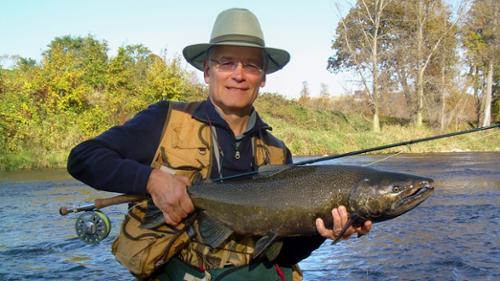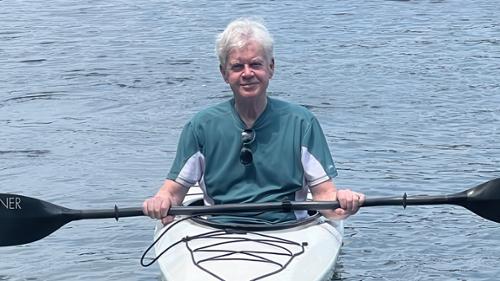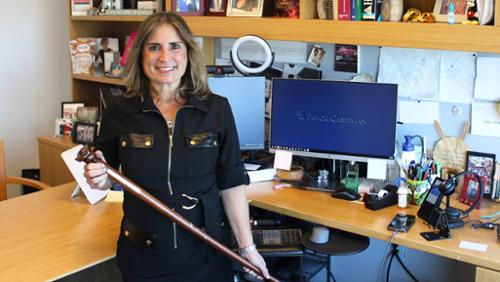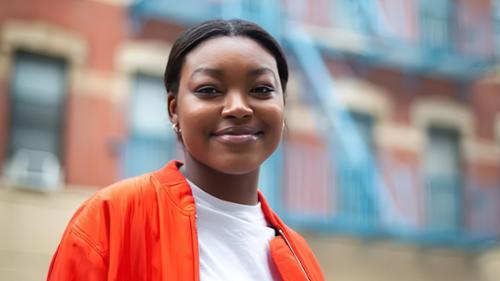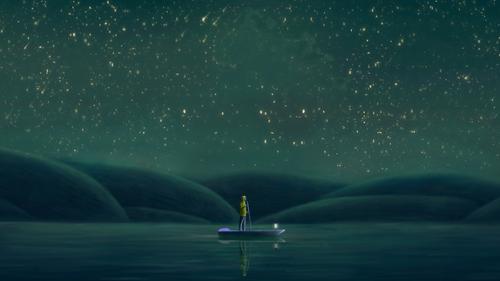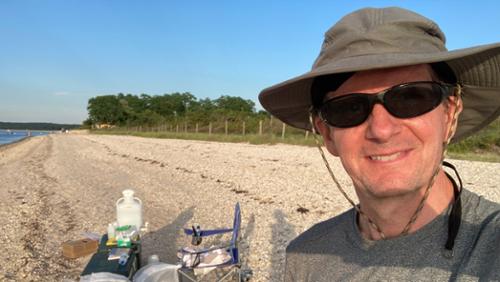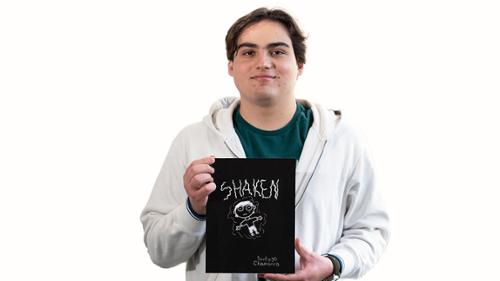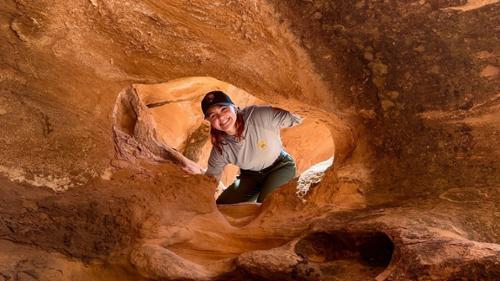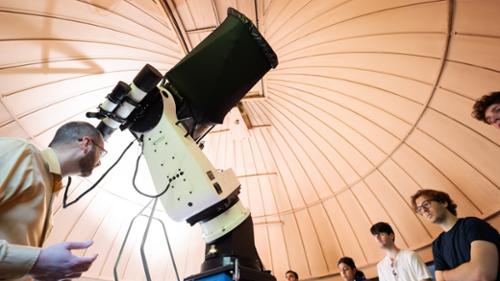Hamilton Magazine

All Stories
-
Among Dan Small's ’66 rich and varied life, there’s one thread that weaves through all seven decades. In fact, that thread — fishing — is cinched to his earliest memory.
Topic -
Philip O’Neill ’73 gets around. His senior year winter study at Hamilton took the Soviet studies major to Uzbekistan, a Muslim republic then part of the U.S.S.R. There, looking at the distant mountains, he asked a local what was on the other side.
Topic -
Getting sent to the principal’s office in eighth grade might have been the best thing that ever happened to Dyan Finguerra-DuCharme ’92. Her offense? She stood up in class to defend a student who was being treated unfairly.
Topic -
Working to pay rent in New York City, Ondine Jean-Baptiste ’17 took a job as a real estate receptionist. As she fulfilled her duties, Jean-Baptiste also armed herself with the tools and mindset of an ambitious journalist.
Topic -
Creativity is a powerful force to advance our democracy and our planet because it helps us imagine alternative futures, fuels empathy and connection, drives civic engagement, and fosters adaptable and resilient individuals and communities. We asked several professors from various disciplines to share how creativity manifests itself in their interactions with students.
Topic -
In the summer of 2022, Professor of Biology Mike McCormick began research on a green beach in Long Island, N.Y.
Topic -
As part of a research project, Santiago “Santi” Chamorro ’25 wrote and illustrated Shaken, a children’s book that tells the story of a family in Nicaragua who must adapt to change after an earthquake strikes their region.
Topic -
Islamic and Jewish Political Philosophy. Visual Culture and the Jewish Experience. Judaism and Social Justice. These are just a few of the courses students can select to fulfill Hamilton’s new minor in Jewish Studies.
Topic -
A classics and archaeology major, Kayley Boddy ’22 initially thought she’d one day be working in a museum dusting off artifacts. Today, you’ll find her in the weathered orange landscape of Utah’s Arches National Park where she works as a backcountry ranger.
Topic -
Installed last spring and calibrated over the summer, the new 20-inch Planewave telescope at Peters Observatory is three times as powerful as the previous 12-inch Meade telescope.
Topic

